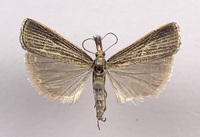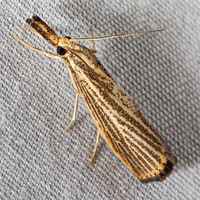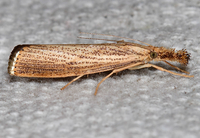
| Recorded by: Mark Basinger on 2025-11-08
Brunswick Co.
Comment: | 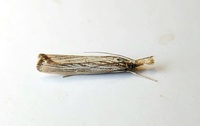
| Recorded by: Mark Basinger on 2025-11-07
Brunswick Co.
Comment: |

| Recorded by: Marilyn Westphal on 2025-10-14
Henderson Co.
Comment: | 
| Recorded by: Jim Petranka on 2025-10-13
Madison Co.
Comment: |

| Recorded by: Jim Petranka on 2025-10-12
Madison Co.
Comment: | 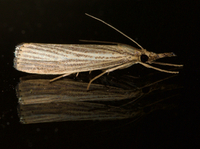
| Recorded by: Jim Petranka on 2025-10-08
Madison Co.
Comment: |

| Recorded by: Simpson Eason on 2025-10-05
Durham Co.
Comment: | 
| Recorded by: Jim Petranka on 2025-10-05
Madison Co.
Comment: |

| Recorded by: Mark Basinger on 2025-10-05
Rowan Co.
Comment: | 
| Recorded by: Mark Basinger on 2025-10-04
Rowan Co.
Comment: |
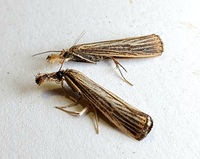
| Recorded by: Mark Basinger on 2025-10-03
Richmond Co.
Comment: | 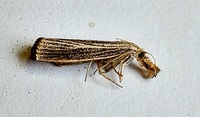
| Recorded by: Mark Basinger on 2025-10-03
Rowan Co.
Comment: |
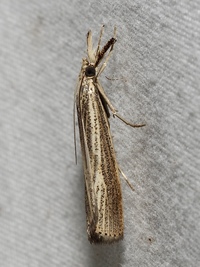
| Recorded by: Merrill Lynch on 2025-09-18
Watauga Co.
Comment: | 
| Recorded by: Mark Basinger on 2024-11-02
Brunswick Co.
Comment: |

| Recorded by: Mark Basinger on 2024-11-02
Brunswick Co.
Comment: | 
| Recorded by: Mark Basinger on 2024-11-01
Brunswick Co.
Comment: |
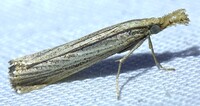
| Recorded by: Dean Furbish and Joy Wiggins on 2024-11-01
Pender Co.
Comment: | 
| Recorded by: R. Newman on 2024-10-31
Carteret Co.
Comment: |

| Recorded by: Dean Furbish and Joy Wiggins on 2024-10-30
Pender Co.
Comment: | 
| Recorded by: Dean Furbish and Joy Wiggins on 2024-10-30
Pender Co.
Comment: |
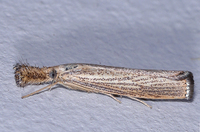
| Recorded by: John Petranka on 2024-10-21
Wayne Co.
Comment: | 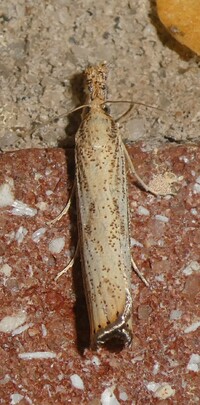
| Recorded by: Simpson Eason on 2024-10-20
Durham Co.
Comment: |

| Recorded by: Chuck Smith on 2024-10-13
Davidson Co.
Comment: | 
| Recorded by: Jim Petranka on 2024-10-13
Madison Co.
Comment: |

| Recorded by: Chuck Smith on 2024-10-08
Davidson Co.
Comment: | 
| Recorded by: Mark Basinger on 2024-10-08
Wilson Co.
Comment: |

| Recorded by: Jim Petranka on 2024-10-06
Madison Co.
Comment: | 
| Recorded by: John Petranka on 2024-10-06
Orange Co.
Comment: |

| Recorded by: Simpson Eason on 2024-10-05
Durham Co.
Comment: | 
| Recorded by: Chuck Smith on 2024-10-03
Davidson Co.
Comment: |
|

 »
»